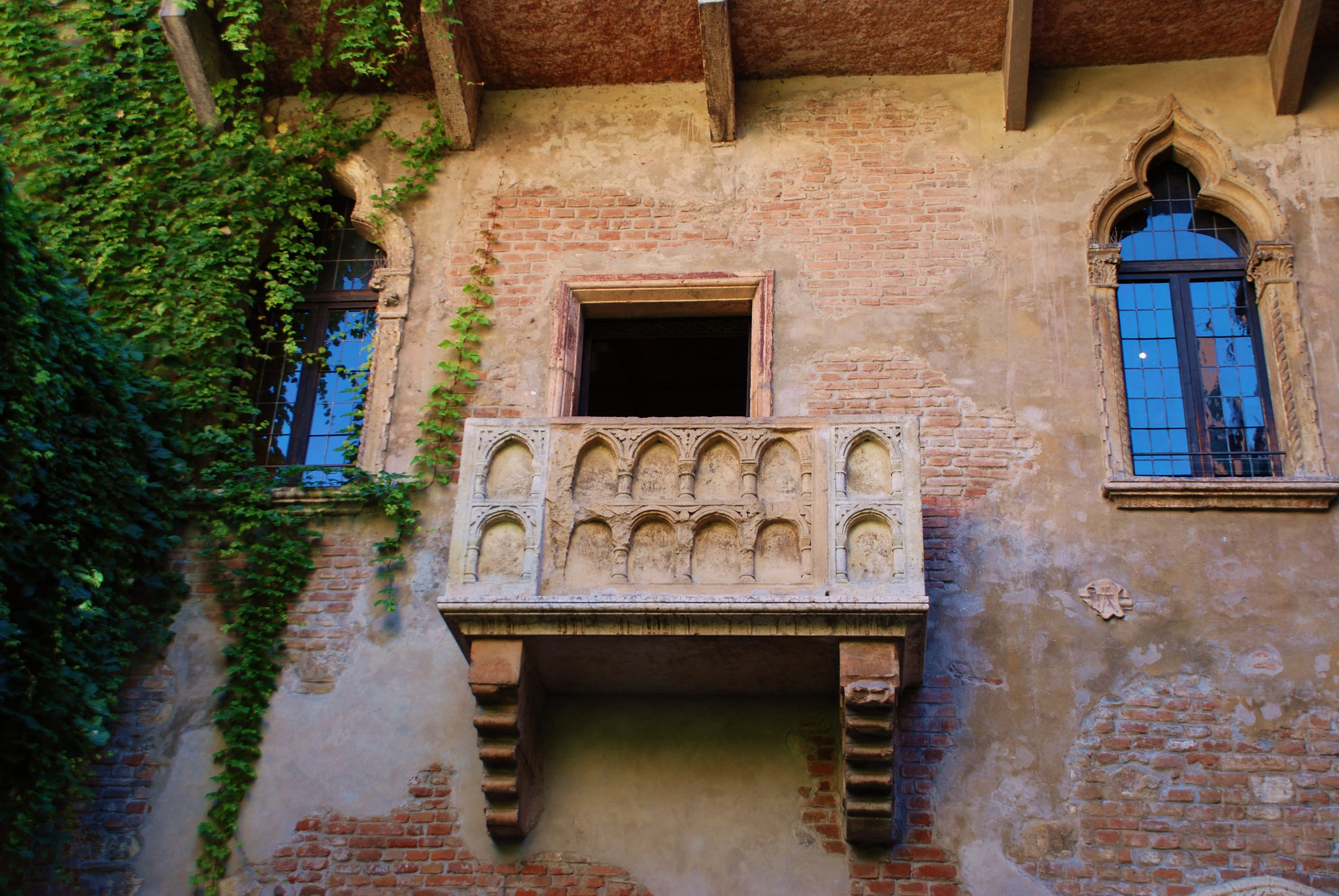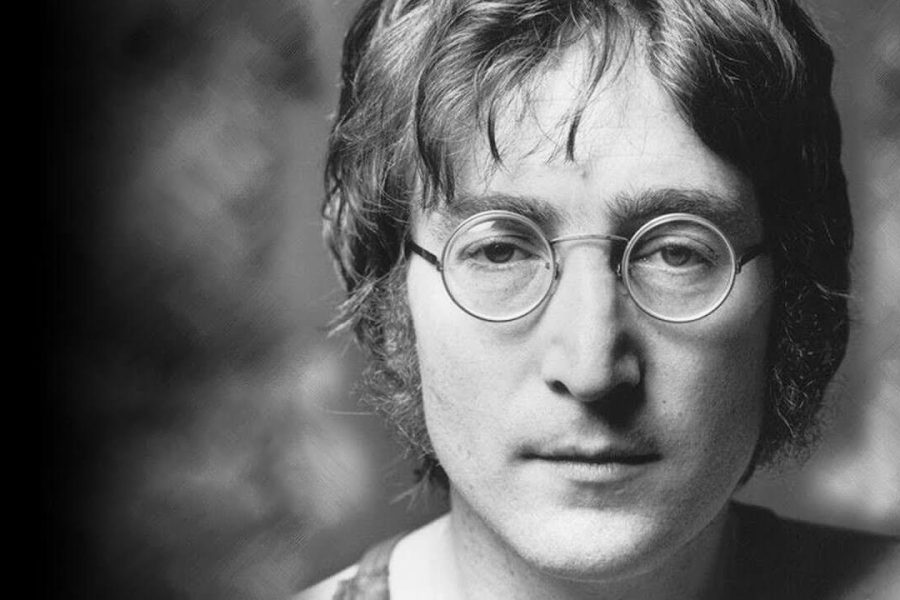Every country or city attracts tourists primarily with its attractions. But in the race for attendance, some countries gather crowds of vacationers with the help of fakes.
1. Sherlock Holmes Museum, England

Many fans of Arthur Conan Doyle's work understand and realize that Sherlock Holmes is a fictional character, but this does not affect the attendance of this popular tourist museum. This building is located on Baker Street with a plate 221B, but in fact the house has the address Baker Street 239. When the first stories about Sherlock Holmes and his friend were published, the number 221 did not yet exist. The highest number in the address was 100S.
2. Bran Castle, Romania

Romania continues to attract tourists to tours of this castle, telling legends about Dracula, but in reality this place is only indirectly related to it. Only the inspiration from this castle became the basis for the author to describe Dracula's castle in the book. He himself never even visited Romania. Instead, the prototype of the bloodthirsty count was Vlad Tepes, the prince of Wallachia, who lived in Poenari Castle for a long time.
3. Juliet's House and Balcony, Italy

The so-called "Juliet's house" with the balcony where the heroine shed her tears for Romeo is also a fake. In the courtyard, guests are greeted by a bronze statue of Juliet, which attracts crowds of tourists because locals say that touching it brings good luck. But the point of the story is that this loving couple existed only in Shakespeare's wild imagination. Balconies did not even exist at the time described in the story and Romeo simply stood under the window, but this does not bother tourists at all.
4. Checkpoint Charlie, Germany

Checkpoint Charlie in Berlin actually existed and is a historically important place. It was the border between East and West Germany. It was the only point of contact between the US and Soviet troops during the Cold War. The only fake is that the real checkpoint was dismantled in 1990. And what is offered to tourists now is just a good copy. To make it more convincing, there are always two "soldiers" on duty here, who will always keep you company for a souvenir photo.
5. Shangri La, China

The mystical paradise of Shangri La is still being sought, although it does not exist. But in 2001, locals decided to simplify this search and renamed one of the places claiming this title. Thanks to such a simple act, there is no end to tourists here, but there is also something to see. The beautiful emerald-green forests of Zhongdian, snow-capped mountains and many ancient Tibetan temples - what is not paradise?
6. Bridge over the River Kwai, Thailand

The creator of "Planet of the Apes" Pierre Boulle was previously known for another book. It was called "The Bridge on the River Kwai". The description of the construction of a railway in Burma, in which prisoners of war participated under the leadership of Japanese invaders, in fact narrated about the construction on the Maeklong River. After the Second World War, a film of the same name was released based on the book, which caused a flow of tourists to Thailand to this bridge. Local authorities, in order not to break tradition, simply changed the name of the river to something similar. So why not make the fictional come true?
7. Philae Island, Egypt

Egypt is famous for its ancient history, pyramids and mysterious hieroglyphs everywhere, so the trip here is justified. But if you decide to visit the island of Philae, then you will find a not quite correct history. Previously, on the island with this name, there was a temple of the goddess Hathor, decorated with hieroglyphs, it was about 2000 years old. The temple is real, and the hieroglyphs are too, but there is one nuance. The island was threatened with flooding, because of which it was dismantled stone by stone and assembled on another island. WHAT is now offered to tourists under the name "Philae Island" used to be the island of Agilkia.













